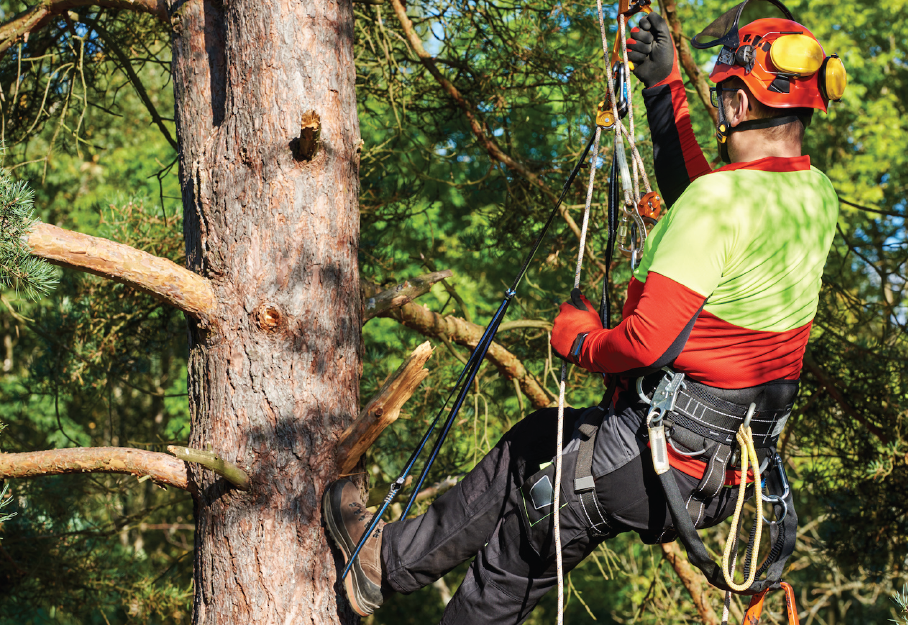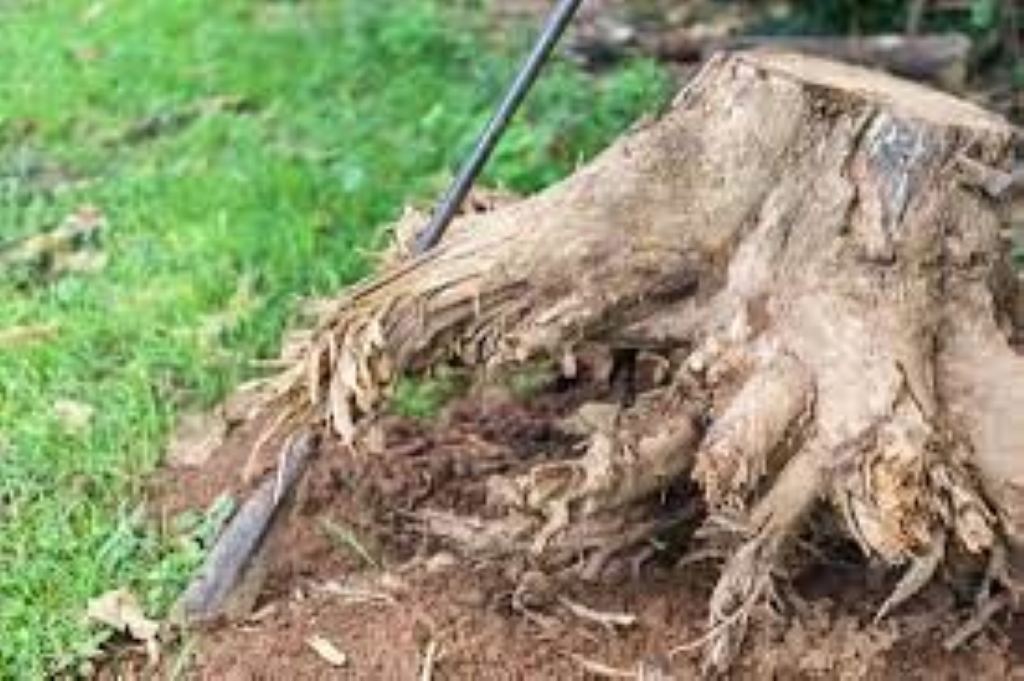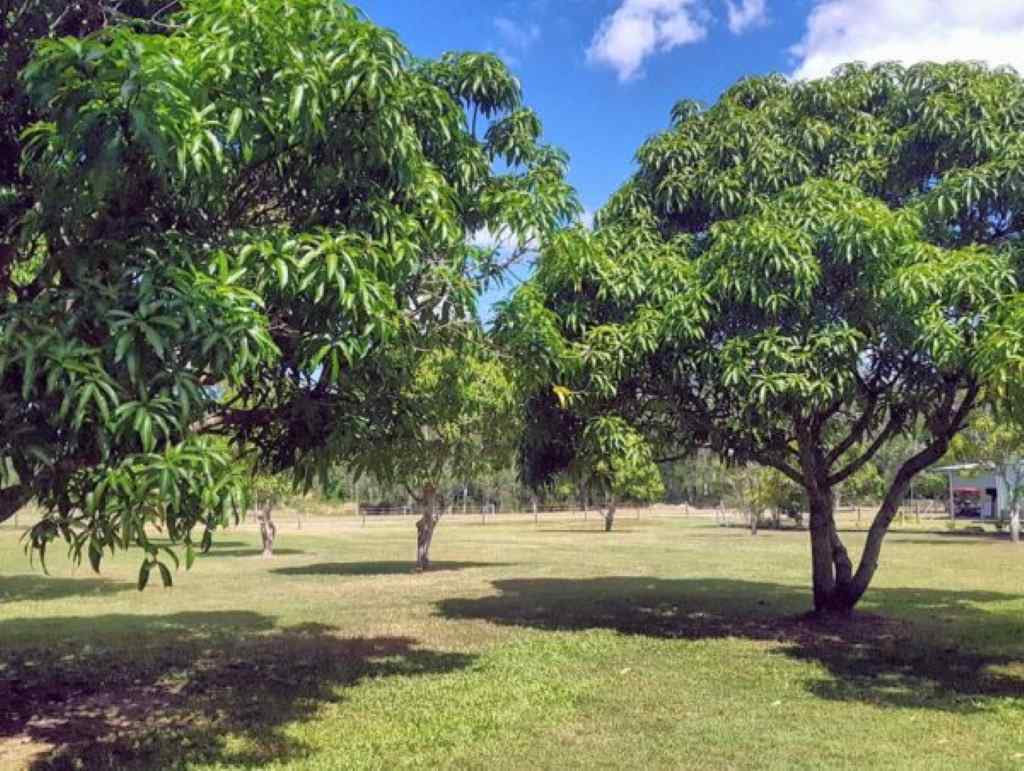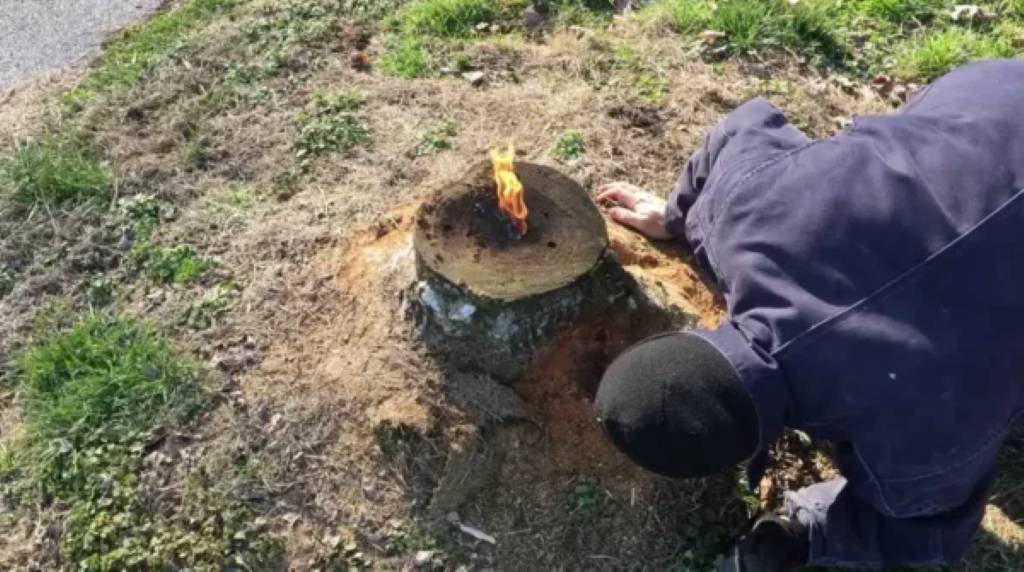Remove Squirrel nest from tree
When you’re enjoying the tranquility of your backyard or taking a leisurely stroll through a local park, the last thing you might expect to encounter is a squirrel’s nest perched high in a tree. Yet, this scenario is more common than you might think. Squirrels are resourceful creatures, known for their tree-dwelling nests that they build as cozy shelters for themselves and their offspring. As a homeowner or nature enthusiast, you might find yourself pondering a pressing question: In this Blog you will be able to learn about Should i remove squirrel nest from tree.
Should I remove a squirrel nest from a tree?
Throughout this article, we’ll explore various aspects of squirrel nests, from their construction to the ethical and legal considerations surrounding their removal. By the end, you’ll have a comprehensive understanding of the factors to weigh when facing this decision, ensuring that you make the choice that best aligns with your values and the environment.
So, let’s embark on this journey into the world of squirrel nests and discover whether the nest in your tree should stay or go.
Understanding Squirrel Nests
Before we delve into the question of whether you should remove a squirrel nest from a tree, it’s crucial to gain a deeper understanding of these fascinating structures and their significance in the lives of squirrels.
Types of Squirrel Nests
Squirrel nests come in two primary types: dreys and dens. Understanding these distinctions can help you appreciate the complexity of these cozy abodes.
Dreys: Dreys are the most common type of squirrel nest and are typically found in trees. They are constructed using a combination of twigs, leaves, moss, and other natural materials. Dreys are often located high in tree branches, providing squirrels with a safe and sheltered place to rest and rear their young.
Dens: Squirrel dens are more like cavities or holes in trees, sometimes even taking advantage of abandoned bird nests or tree hollows. Dens provide extra protection from the elements and predators due to their enclosed nature.
The Purpose of Squirrel Nests
Squirrel nests serve several vital purposes in the lives of these tree-dwelling rodents:
Shelter: Nests provide a safe haven for squirrels, shielding them from harsh weather conditions such as rain, wind, and extreme temperatures.
Rearing Offspring: Female squirrels use nests as birthing chambers to raise their young, known as kittens or pups. These nests offer a warm and secure environment for the vulnerable babies.
Storage: Squirrels often use their nests as storage spaces for food. In colder months, they may stash nuts and other resources to sustain them when foraging becomes challenging.
Typical Locations Where Squirrels Build Their Nests
Squirrels are resourceful builders and can construct nests in various locations, including:
Tree Branches: High up in trees, among the foliage, squirrels build their dreys. This vantage point helps them stay hidden from predators and allows for easy access to food sources.
Tree Hollows: In trees with natural hollows or openings, squirrels may create dens. These cavities provide excellent protection from the elements.
Attics and Eaves: In urban environments, squirrels may find their way into human-made structures like attics and eaves, where they build nests. This can sometimes lead to conflicts with homeowners.
Understanding these aspects of squirrel nests is the first step in making an informed decision about whether to remove one. In the following sections, we’ll explore the circumstances under which removal might be necessary and the factors to consider in such situations.
When to Consider Removing a Squirrel Nest
The presence of a squirrel nest in your vicinity can raise concerns, especially if you’re worried about safety, health, or property damage. While squirrels are charming creatures, there are instances when it might be necessary to contemplate the removal of their nests. Let’s explore these scenarios in detail.
Safety Concerns for Humans and Property
Electrical Wires and Fire Hazards: Squirrels are known to chew on electrical wires, which can lead to power outages and even pose a fire hazard. If a squirrel nest is located near electrical infrastructure or if you notice signs of wire damage, you may need to take action.
Structural Damage to Buildings: In some cases, squirrels may nest in or around buildings. Their activity can result in structural damage, including chewing through roofing materials and siding. This can compromise the integrity of your home or other structures.
Health Concerns
Disease Transmission: Squirrels can carry diseases, and their nests may harbor parasites like fleas and ticks. If you suspect that a squirrel nest poses a health risk, particularly if it’s located in or near areas where people congregate, you should consider removal.
Nuisance Factors
Noise Disturbances: Squirrels can be quite vocal, especially during mating season or when they feel threatened. If the noise from a nearby squirrel nest is becoming a nuisance, you may want to address the issue.
Property Damage (e.g., Gardens): Squirrels are avid foragers and may raid your garden or bird feeders. If they are causing significant damage to your property or interfering with your gardening efforts, nest removal may be a solution.
It’s important to approach squirrel nest removal with caution and a focus on the specific issues at hand. In some cases, there are alternative measures you can take to address these concerns without resorting to nest removal. However, if you determine that removal is necessary, it’s crucial to do so safely and humanely, which we will discuss in a later section.
Before proceeding with nest removal, consider seeking advice from local wildlife experts or authorities to ensure that you are in compliance with any legal regulations pertaining to wildlife management in your area. In the following sections, we’ll delve deeper into the ethical and environmental considerations surrounding nest removal, as well as steps for safe removal if it’s deemed necessary.
Legal Considerations
When contemplating the removal of a squirrel nest from a tree, it’s essential to be aware of the legal considerations that govern wildlife management. Laws and regulations regarding the removal of wildlife, including squirrel nests, can vary widely by location. Here are some key points to keep in mind:
Local Laws and Regulations Regarding Wildlife Removal
Protected Species: Squirrels are typically not protected species in many regions and can be managed if necessary. However, it’s crucial to check with local wildlife authorities or conservation agencies to confirm the status of squirrels in your area.
Nesting Seasons: Some jurisdictions may have specific nesting seasons during which removal is restricted to protect young animals. Knowing these seasons is essential to avoid legal issues and harm to wildlife.
Permits and Licenses: Depending on your location and the circumstances, you may need permits or licenses to remove squirrel nests. These permits are usually issued by wildlife agencies and are subject to specific conditions.
The Importance of Consulting Local Authorities or Wildlife Experts
Professional Guidance: It’s advisable to consult with local wildlife experts or authorities before taking any action regarding squirrel nests. They can provide guidance on whether removal is necessary and help you navigate the legal aspects.
Humane Removal: Local authorities can also advise you on humane removal methods and connect you with licensed wildlife removal professionals if required. Humane removal ensures that the squirrels’ welfare is considered during the process.
Educational Outreach: Some regions offer educational programs to help homeowners coexist with wildlife peacefully. These programs may provide alternative solutions to common wildlife-related issues.
By adhering to local laws and seeking guidance from experts, you can ensure that any actions you take regarding squirrel nests are both legal and humane. Responsible wildlife management is essential for maintaining the delicate balance of ecosystems and preserving the well-being of all species, including squirrels.
Ethical and Environmental Considerations
Deciding whether to remove a squirrel nest from a tree isn’t just a matter of legality and safety; it also involves ethical and environmental considerations. Squirrels play vital roles in ecosystems, and any actions taken should be made with an understanding of their broader impacts.
The Role of Squirrels in the Ecosystem
Seed Dispersal: Squirrels are known as “nature’s gardeners” because they play a crucial role in forest regeneration. They bury nuts and seeds, often forgetting where they’ve hidden them. These forgotten caches can sprout into new trees and plants, contributing to the health of the ecosystem.
Prey for Predators: Squirrels serve as a food source for various predators, including birds of prey, snakes, and mammals like foxes and coyotes. Their presence supports local wildlife diversity.
Ethical Dilemmas of Removing a Nest
Disruption of Squirrel Families: Removing a squirrel nest often means disrupting the lives of squirrel families, including mothers and their young. This can lead to distress and potential harm to these animals.
Mitigating Conflicts: Instead of immediate removal, consider exploring alternative methods to mitigate conflicts with squirrels. This could involve squirrel-proofing your property or using natural deterrents to discourage their presence.
Humane Considerations: If removal becomes necessary, it’s essential to do so humanely and consider the welfare of the squirrels involved. Contacting a professional wildlife removal service can ensure the process is carried out with minimal stress to the animals.
Alternative Solutions to Address Concerns
Squirrel-Proofing: Taking proactive measures to squirrel-proof your property can prevent many of the issues associated with their presence. This may include securing trash cans, installing mesh barriers to protect gardens, and sealing potential entry points into your home.
Natural Deterrents: Some natural deterrents, such as planting certain vegetation or using predator scent markers, can discourage squirrels from frequenting specific areas.
Educational Outreach: Consider participating in local wildlife education programs to learn more about coexisting with squirrels and other wildlife peacefully.
By carefully considering the ethical and environmental aspects of squirrel nest removal, you can make a more informed decision that takes into account the welfare of these creatures and their broader ecological role. In the following sections, we’ll discuss steps for safe removal if it becomes the only viable option and offer guidance on preventing future nestings.
Steps for Safe Removal (if Necessary)
If you’ve carefully considered the safety, health, legal, and ethical aspects of squirrel nest removal and have determined that it’s the most appropriate course of action, it’s crucial to proceed with care and consideration for both the squirrels and the environment. Here are steps to follow for safe removal:
Hiring a Professional Wildlife Removal Service
Consult Experts: Seek advice from local wildlife authorities or animal control agencies. They can recommend reputable wildlife removal professionals in your area.
Licensed and Experienced: Ensure that the removal service you choose is licensed and experienced in dealing with squirrel nests and wildlife.
Assessment: The removal service will assess the situation to determine the best course of action. They may recommend relocation if it’s deemed safe and suitable for the squirrels.
Humane Trapping and Relocation: If removal is necessary, the professionals will use humane trapping methods to capture the squirrels. They will then relocate them to a suitable habitat far away from your property.
DIY Methods (with Caution)
Consult Professionals: If you choose to attempt removal yourself, consult with wildlife experts for guidance on humane trapping and removal methods.
Safety Measures: Prioritize safety during the removal process. Wear gloves and take precautions to avoid direct contact with the squirrels, as they can carry diseases.
Release in the Wild: If you successfully capture squirrels, release them in a safe, natural environment away from human-populated areas.
Tips for Humane Nest Removal
Timing: Ideally, plan removal during periods when the nest is unoccupied, such as late winter or early spring before breeding season begins.
Avoiding Nest Destruction: Whenever possible, try to remove the nest without damaging it. This can minimize stress for any young squirrels that might still be inside.
Dispose Responsibly: If the nest is damaged during removal, dispose of it responsibly, and clean the area to prevent attracting other wildlife.
Remember that the goal of squirrel nest removal should be to address specific safety or health concerns while minimizing harm to the squirrels involved. It’s essential to prioritize the well-being of these animals and act in accordance with local laws and ethical considerations.
Tips for Preventing Future Nesting
Preventing future squirrel nestings can be an effective way to address concerns without resorting to removal. Here are some tips and strategies to help you coexist with squirrels and minimize potential conflicts:
Squirrel-Proofing Your Property
Secure Trash Cans: Use squirrel-proof trash cans or containers to prevent these critters from scavenging for food scraps.
Seal Entry Points: Inspect your home for any openings that squirrels could use to enter attics, crawl spaces, or chimneys. Seal these gaps with appropriate materials.
Trim Tree Branches: Trim branches that overhang your roof or are close to your home. This can discourage squirrels from accessing your property.
Natural Deterrents
Predator Scent Markers: Use predator scent markers (available at garden stores) around your property. The scent of predators can discourage squirrels from approaching.
Plant Squirrel-Resistant Plants: Some plants are less appealing to squirrels. Consider planting these in your garden to deter them from foraging.
Install Motion-Activated Devices: Motion-activated lights or sprinkler systems can startle squirrels and deter them from your garden.
Related Posts:
Can We Plant a Tree where the Stump was Removed?
Conserving Existing Squirrel Habitats
Leave Trees and Natural Features Intact: Preserve natural features in your yard, like trees and shrubs, as they provide habitats for squirrels. Avoid unnecessary removal or pruning.
Provide Alternative Food Sources: Consider placing squirrel feeders filled with nuts or seeds in an area of your yard away from sensitive areas, such as gardens or electrical wires.
Educational Outreach: Promote awareness of coexisting with wildlife among your neighbors and community. Encourage responsible practices to minimize conflicts.
By implementing these prevention strategies, you can reduce the likelihood of future squirrel nestings and create a more harmonious environment for both humans and wildlife.
Conclusion
In the end, the decision of whether to remove a squirrel nest from a tree should be approached with careful consideration of safety, health, ethical concerns, and legal obligations. Whenever possible, seek guidance from local wildlife authorities or experts to ensure that your actions align with local regulations and ethical principles. By taking proactive measures to prevent conflicts and practicing responsible coexistence with wildlife, you can often find solutions that benefit both you and the squirrels that share your environment. Remember that squirrels play a valuable role in our ecosystems, and with a bit of understanding and effort, we can coexist peacefully with these charismatic creatures.





